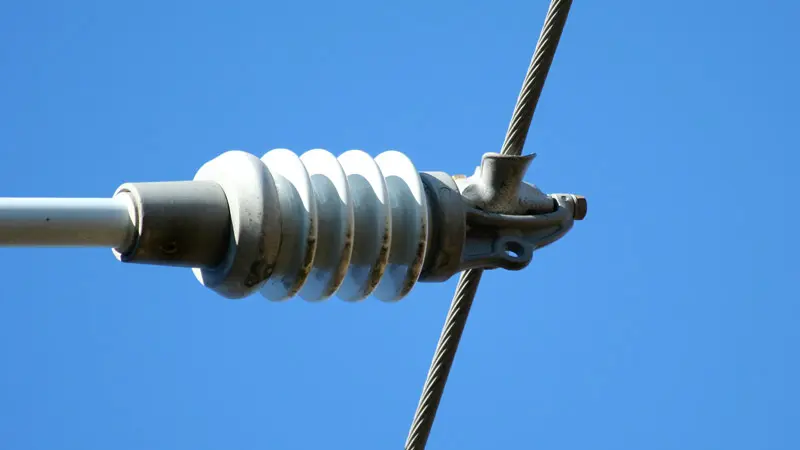
Why Bus Bar is a Superior Power Distribution Method
Although bus bar systems are gaining rapid popularity around the globe, the U.S actually falls short on utilizing this innovative technology!
Bus bar delivers consistent power distribution to varying loads in an efficient, reliable and repeatable way. It offers significant advantages across a breadth of touchpoints.
When it comes to industrial control panels, utilizing bus bar systems vs block-and-cable power distribution is actually preferred.
Since block-and-cable power distribution is still so heavily relied on in the U.S., many do not realize how switching from block-and-cable power distribution to bus bar systems can uniquely position them within the global marketplace, as well as give them a unique advantage over their toughest competitors.
Designers, integrators and end-users of industrial control panels all benefit from making the switch to busbar.
How Designers Benefit:
Bus bar systems are able to successfully replace the power distribution block and line side wiring, two major components in the common industrial control panel. Eliminating these two components leads to reduced enclosure size. It may also enable consolidation of controls which had previously lived in separated enclosures. Reducing and consolidating these aspects by means of a bus bar system helps designers of industrial control panels reduce overall costs, while providing a largely unique and advantageous selling feature.
With bus bar an array of current ratings are able to be obtained without needing to change other parts of the system. With a bus bar system in place, bill of material revisions can be completed much faster as designers only need to interchange the appropriate cross-section of bus bar. Additionally, if full load amperage remains consistent across systems, bus bar can enable quick and convenient interchanging of connection and component adapters as needed.
Final Point: Replacing block-and-cable power distribution with bus bar saves industrial control panel designers time and money, while offering a largely unique selling point of reduced enclosure size, controls consolidation and convenience of component interchangeability.
How Integrators Benefit:
When power distribution to panel-mounted components (i.e. circuit breakers) are required integrators are typically forced to deal with routing large, complex, parallel cables. They are also required to panel-mount an excessive amount of components and provide wiring across several enclosures. With a bus bar system, such daunting, time-consuming and technical tasks are eliminated. This supplies integrators with exceptionally fast mounting and termination to electrical components.
There is also no time spent measuring, cutting, labeling, stripping and routing the cable and wire since a bus bar system eliminates the power distribution block and line side wiring.
Final Point: When a bus bar system with connection adapters is utilized, the panel integration process is far more convenient and less time consuming.
How End-Users Benefit:
Since bus bars comply with major international standards regarding power distribution and electrical codes and practices, bus bar enables companies to easily and confidently deploy their products throughout the international community. Bus bar also reduces installation delays, rejections or complications due to compliance issues.
Another advantage of using bus bar systems over block-and-cable power distribution is that replacement part supply issues are much quicker and easier to satisfy.
Utilizing bus bar offers a highly organized and seamless design layout, aiding in faster and easier troubleshooting and maintenance. It also offers enhanced safety over the traditional block-and-cable power distribution method.
Bus bar systems are more accommodating of future expansion opportunities since preliminary designs can be produced on-site. Another benefit of convenience is the ability to add new components to a component adapter without the need for additional wiring with bus bar. Bus bar systems are also easier to retrofit.
Final Point: Bus bar is compliant with international standards, more accommodating to changing specifications, safer, better for replacement part issues, and more cost-effective than block-and-cable power distribution.
Whether you’re a designer, integrator or end-user, there are many impactful benefits to utilizing busbar systems in place of the traditional block-and-cable power distribution design.